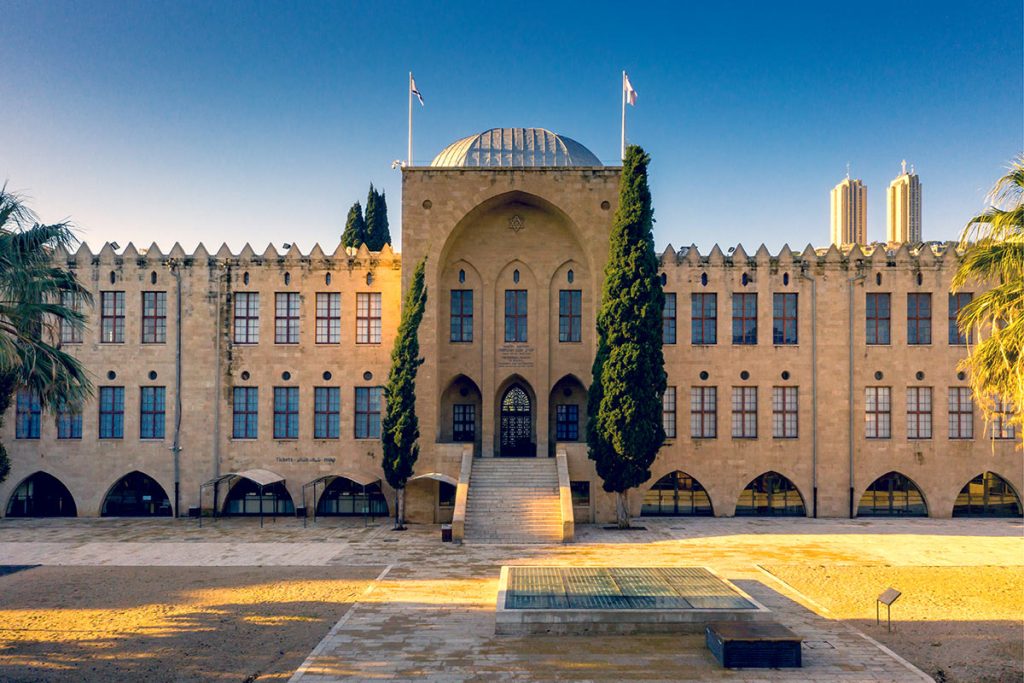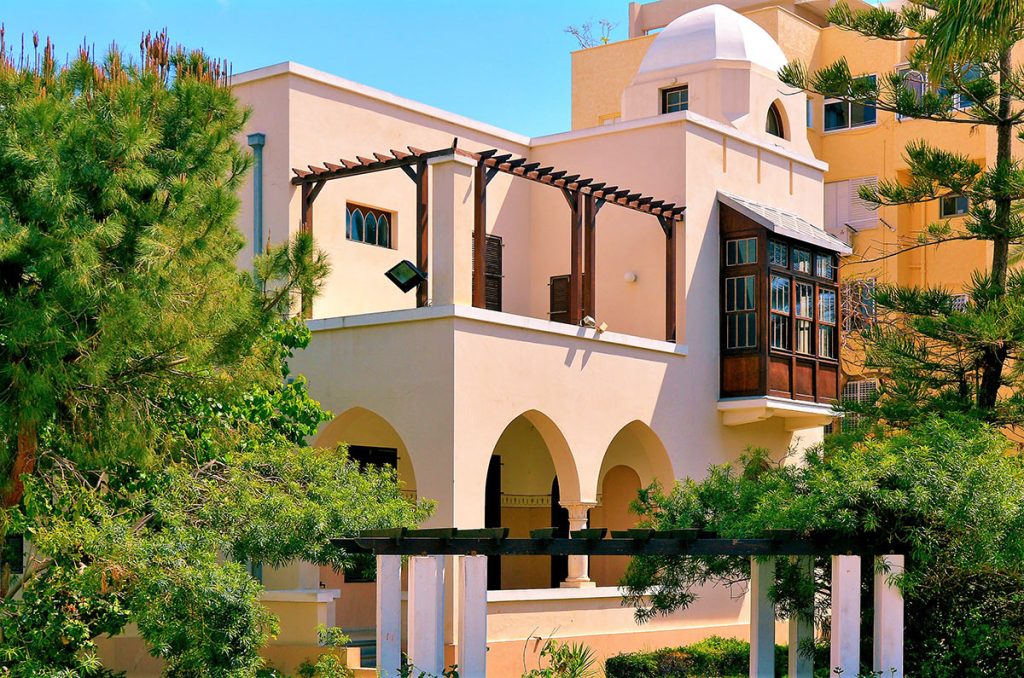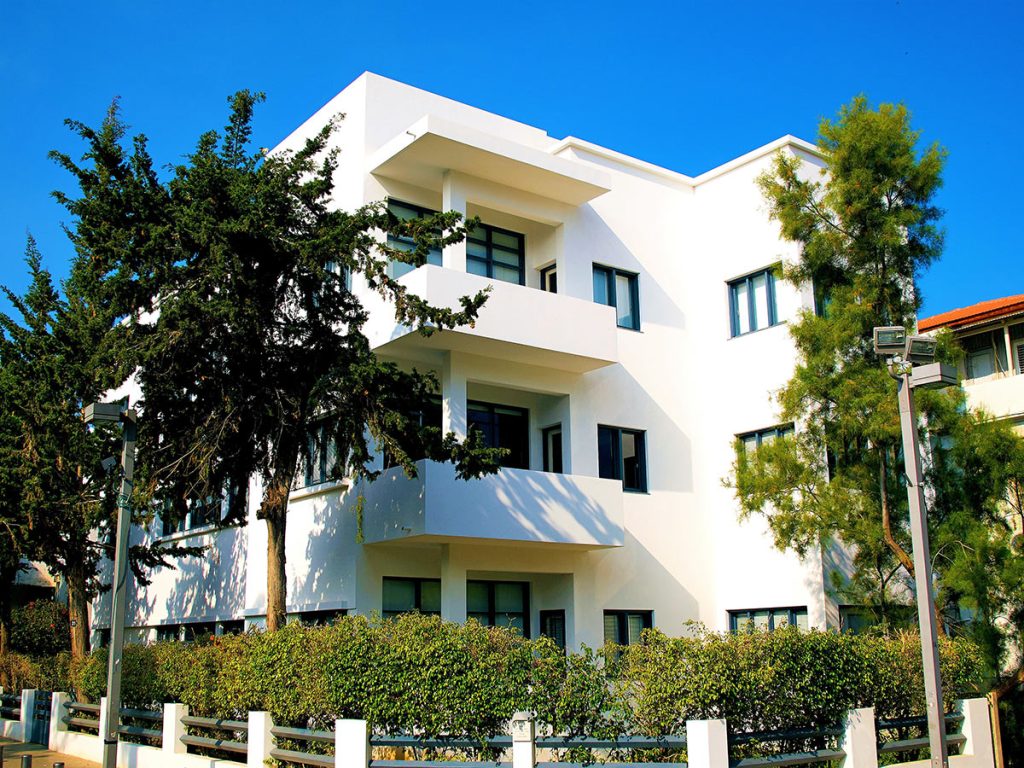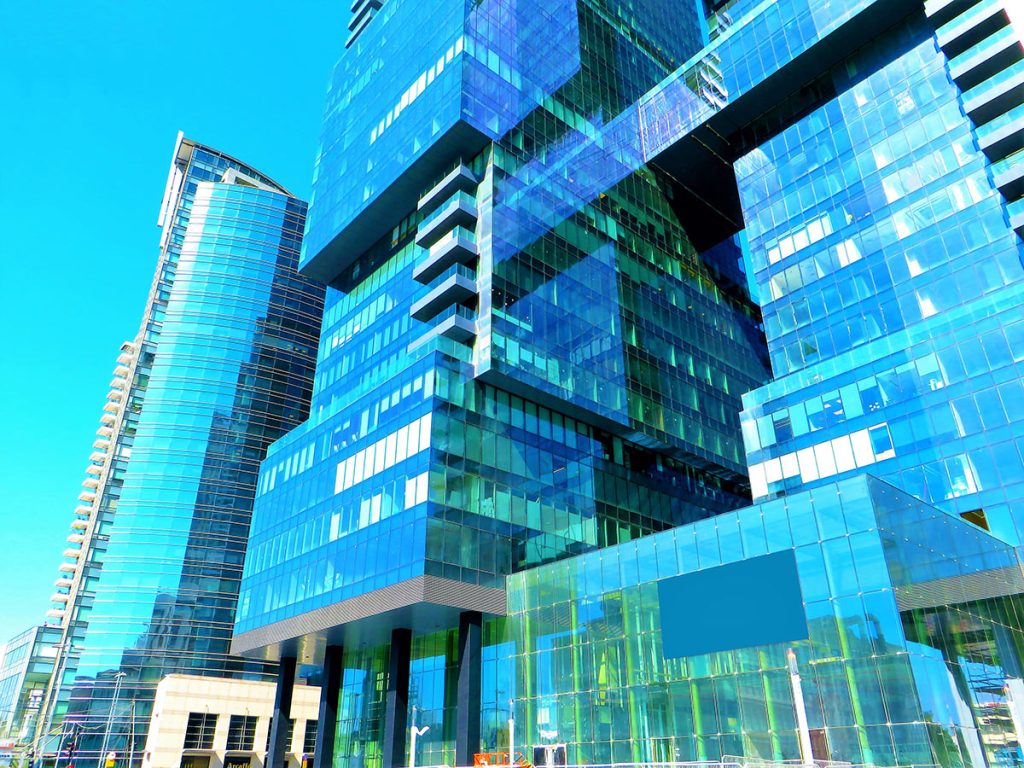The architecture of Israel is a fascinating subject that is connected strongly to its history. Israeli Architecture is the architecture that has developed in the Land of Israel since 1850; when the Land of Israel began to open to European influences and began building non-Arab; or traditional construction. Israeli architecture has three main sources of influence. Firstly, The import of external styles that were common at that time in the West; and were adapted to the conditions of the country and climate. Secondly, Attempts to “invent”, from thin-air; authentic Israeli architecture. And sometimes even attempts to invent/reproduce ancient biblical architecture. Last, an effort to produce a synthesis between local Arabic architecture and Western architecture.

THE OLD TECHNION BUILDING – LAND OF ISRAEL STYLE – ATTEMPT TO CREATE A SYNTHESIS BETWEEN WESTERN ARCHITECTURE AND ARAB CONSTRUCTION.
Although the import of foreign styles has been established among Israeli architects in recent decades; efforts to create authentic local architecture cannot be underestimated. And the importance of local Arab architecture is not underestimated.
Tel Aviv 'White City'
Also, The attitude of Jewish / Zionist / Israeli architects to the local Arab architecture knew its ups and downs; and was influenced quite a bit by the relationship of political forces and the security situation. Thus, for example, late-nineteenth-century Jewish architecture expresses contempt and condescension toward local architecture; much like the attitude of European architects operating here in the country. At the beginning of the twentieth century, the attitude changed.
The Architecture of Israel: A Dialogue With Different Styles
And Israeli architects are actually trying to learn from the local architecture and adopt elements from it into the buildings they designed. This attitude changed again towards the end of the 1920s, and especially in the 1930s when the conflict grew even stronger. The Jewish architects chose to disregard any manifestation of Orientalism, and the individuals who did so were widely criticized. During all those periods of distancing from the local Arab style; Israeli architects tended to adopt the styles prevalent in the Western countries at that time.

BIALIK HOUSE IN TEL AVIV – ECLECTICISM OF LAND OF ISRAEL (TEL AVIV)
This was the case in the earliest period of Zionist architecture – Mikveh Israel; the Jewish neighborhoods of Jerusalem (including the Mishkenot Sha’ananim); and the Baron Edmond Rothschild colonies – which then had strong effects of rural French construction; colonial French construction and even German rural construction. This continued in the 1930s; when the Zionist movement adopted to its core the modernist style (International; Bauhaus; the white functional city); that began to take its first steps in Europe and the United States.
The Architecture of Israel: Changes in Style After 1948
After the founding of the state; Israeli architects tended to embrace, once again, the brutalism that grew in the Western world (including South America and Japan). And then again, in the 1980s; we find again, and more specifically; the European / American influence on local architecture. In contrast, in most periods where the presence of Arab / local architecture was evident in the works of Israeli architects – and effort can also be made to produce local and unique architectural language. For example, in the Second Aliyah; with buildings such as the Technion and the Herzliya Hebrew Gymnasium; In the 1950s and 1960s (parallel to the adoption of brutalism); with unique buildings such as the Municipality of Bat Yam, the Dubiner House, and more.

BAUHAUS CENTER IN TEL AVIV – AN EXAMPLE THE WHITE FUNCTIONAL CITY
Even during the 1930s, during one of the most prominent periods of Arab-Jewish relations; when most of the architects completely adopted modernist architecture and completely ignored Arab architecture; some architects were still trying to produce a synthesis. To the West (and that even matched their political views); Thus producing local and unique Israeli architecture. The most prominent of these was Erich Mendelsohn.
The Architecture of Israel: After the 1967 Six-Day War
Only after the 1967 victory did Israeli architecture’s attitude change to that of Arabic; and in the 1970s many mentions of local Arab architecture appeared in the new Jewish neighborhoods of Jerusalem and elsewhere. During the First Intifada, these quotes disappeared almost entirely; and reappeared only after the Oslo Accords – in order to disappear again with the outbreak of the Second Intifada.

ISRAEL ‘START UP NATION’ MANIFESTS THIS IT WELL THROUGH ITS MODERN ARCHITECTURE







